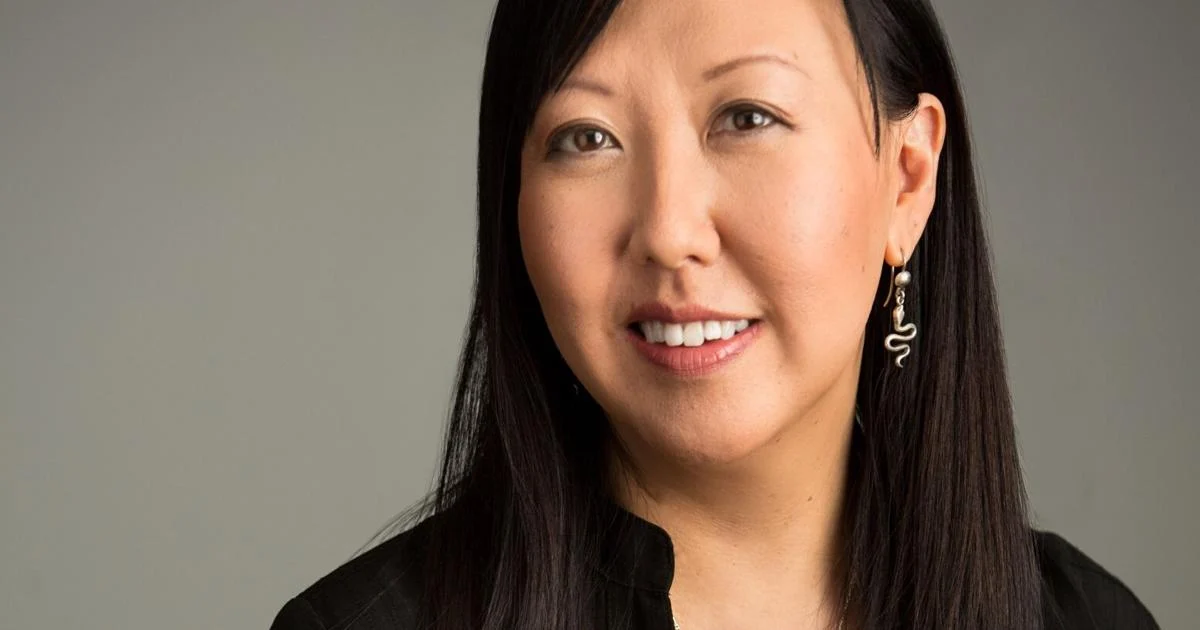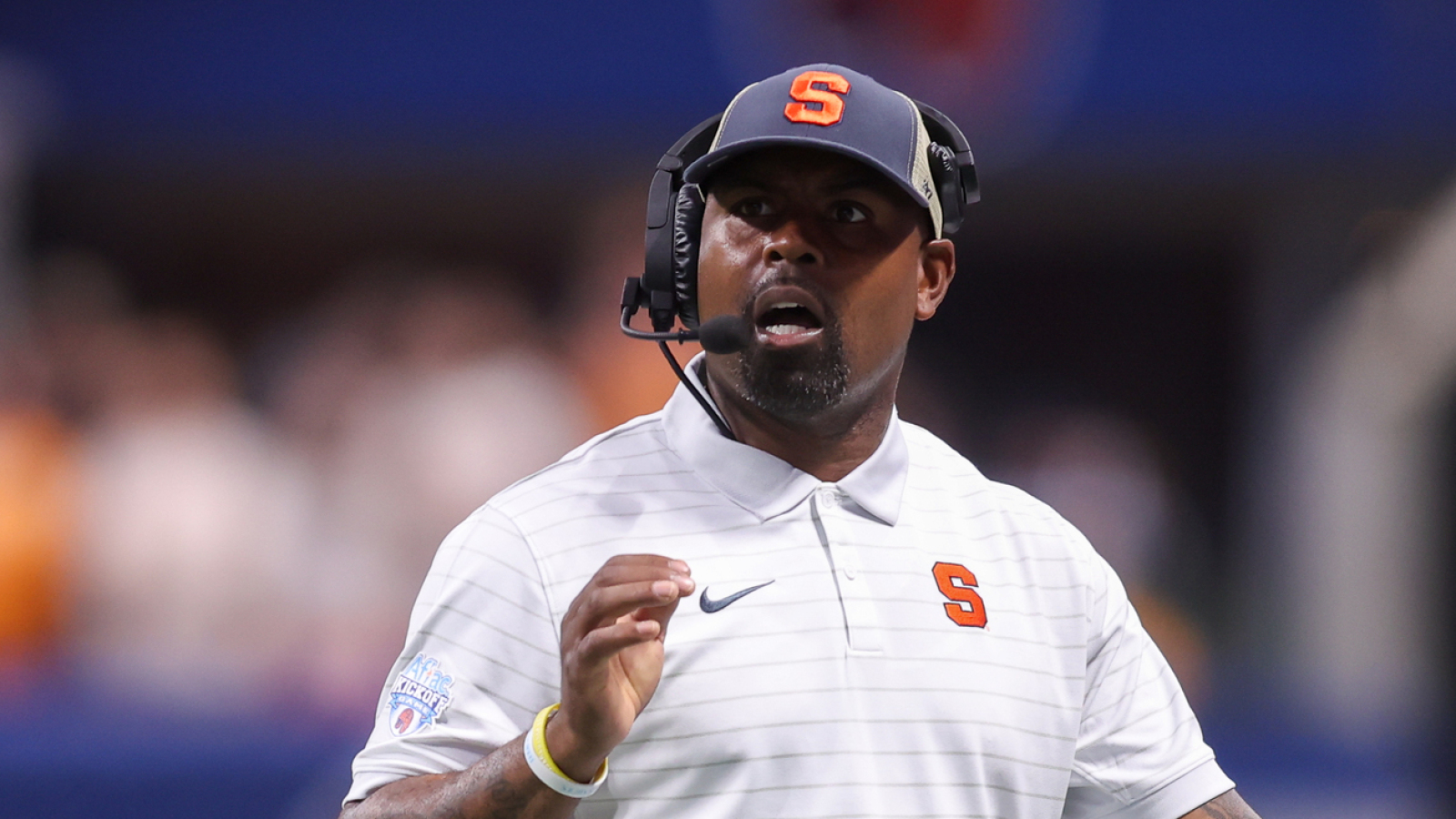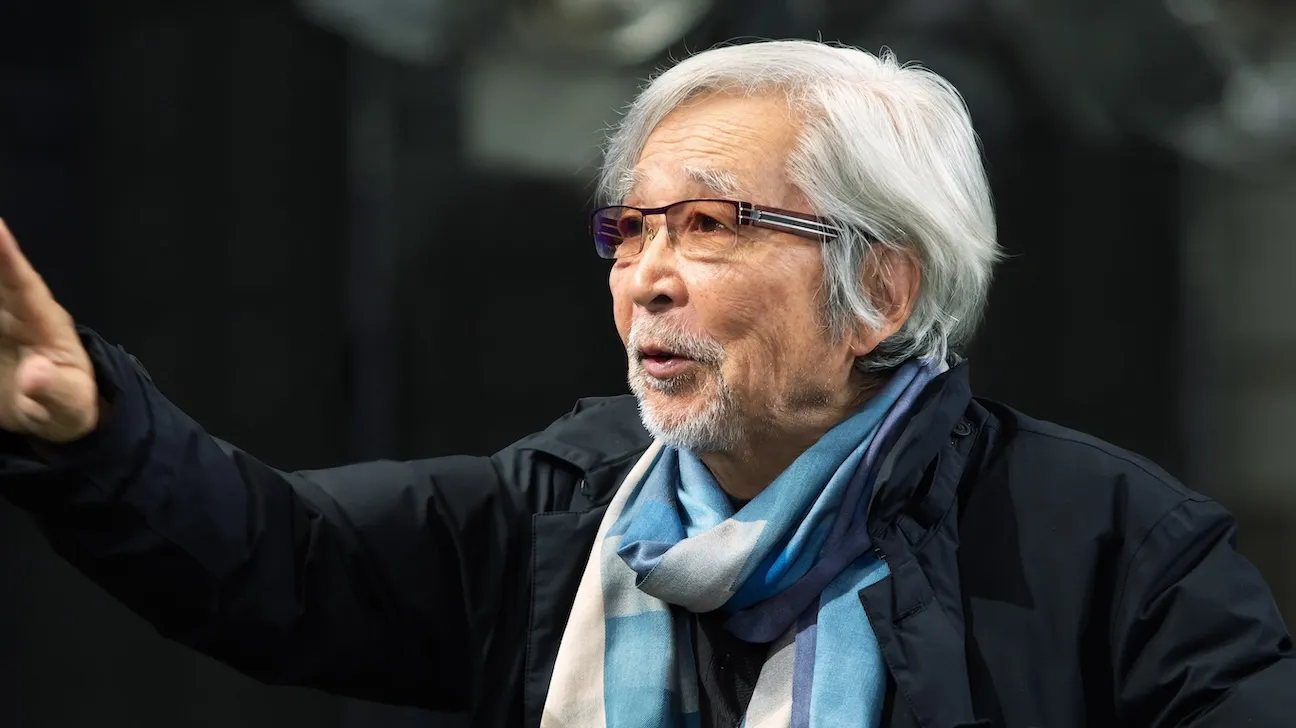Copyright thestar

In occupied 1920s Korea, an underground resistance force is growing, biding its time against Japanese colonizers. Author Ann Y.K. Choi’s new novel “All Things Under the Moon” (Simon & Schuster Canada) explores the harrowing five years after the March First Movement protests for Korean independence were violently suppressed. Koreans are living in an occupied country in a state of fear, and this repressive government apparatus extends even to the secluded village of Daegeori where Kim Na-Young and her friend Yeon-Soo live modest lives. Na-Young is set to be married to a man she does not even know at her father’s insistence, but after Yeon-Soo is almost raped by a military policeman, the two women go on the run together. “Yeon-Soo leaped at him,” Choi writes, describing an act of violence that is perpetrated in self-defence. “Suddenly he dropped to his knees, his hand clutching at the handle of the letter opener, which had been plunged deep into his neck. He gasped for air, his breathing ragged and wheezing. Yeon-Soo kicked him hard and he fell back into the fire. The two young men stood paralyzed, watching their burning comrade twist and jerk in the fire as the stench of burning flesh overwhelmed their senses.” This event is a catalyst that alters Na-Young and Yeon-Soo’s shared future forever, and the women flee to Seoul where women can be educated in reading and writing. Na-Young finds herself in the employ of Lady Boss, the proprietor of a tea house that serves as a communications hub for the resistance. As Na-Young delivers notes that will help revolutionaries “decode sensitive messages,” Yeon-See finds herself in the perilous situation of being arrested and sent to Seodaemun Prison for her rebellious activity. Despite these divergent paths, the friends learn in time that “life is about making the best choices we can at any given moment” and that there are critical junctures when “you must not choose to look back.” Choi is the author of “Kay’s Lucky Coin Variety” and “Once Upon an Hour.” She teaches creative writing at the University of Toronto’s School of Continuing Studies and will be speaking at the Toronto Festival of Authors on Nov. 2 at University of Toronto’s Northrup Frye Hall. What did you last read and what made you read it? Kerry Clare’s “Asking for a Friend” came highly recommended when I asked friends to name novels about complicated female friendships. I’m reading it right now and am appreciating how themes of loss, loyalty and identity are explored. What book would your readers be shocked to find in your collection? Twelve copies of the Bible. I grew up in a Buddhist household, so I was unfamiliar with biblical references. But because biblical allusions and imagery appeared in everything from Shakespeare to modern pop culture, I started reading the Bible to better understand its role and impact on Western literature. Although I was at Victoria College at the University of Toronto, I took several English classes at St. Michael’s. Most of my professors were Catholic priests who encouraged my interest in learning more about how the Bible influenced Western philosophy, literature and traditions. I started collecting different versions of the Bible. One of them was given to me during our Canadian citizenship ceremony. My hand on it, I swore to be faithful and bear true allegiance to “Her Majesty Queen Elizabeth II and all Her Heirs.” I think I was 12 at the time. When was the last time you devoured a book in one, or very few, sittings? “The Song of Kahunsha” by Anosh Irani. Ten-year-old Chamdi runs away from an orphanage after discovering it will close. He finds himself on the streets surrounded by violence in 1990s Bombay. I felt a deep connection with Irani’s characters, especially Chamdi — I feared for him. I had to finish it quickly for my own peace of mind. Who’s the one author or what’s the one book you’ll never understand, despite the praise? Vladimir Nabokov’s “Lolita.” I had to read it for an MFA class. My prof loved it. Enough said. What’s the one book that has not garnered the success that it deserves? Amanda Leduc’s “Disfigured” explores how disability is portrayed in fairy tales, a world where disabled people are often villains and the princesses are beautiful and able-bodied. I often wonder how these stories influence society’s views on disability and community. What book would you give anything to read again for the first time? The children’s picture book “Snowy Day” by Ezra Jack Keats. I was new to Canada and couldn’t read English when I first picked it up. The drawings of a little Black boy in a bright red snowsuit taking a walk in freshly fallen snow captivated me. I loved his sense of wonder and adventure. When you were 10 years old, what was your favourite book? My brothers and I used to read all the Archie comic books displayed among magazines like TV Guide, People, and Sports Illustrated at our variety store. Principal Weatherbee bore a striking resemblance to my school principal at that time. Jughead, king of cool, was always loyal and secretly wise. What fictional character would you like to be friends with? As a child, I wanted to be friends with Charlotte, the spider who befriends Wilbur the pig in “Charlotte’s Web” by E.B. White. She was not only patient and kind, but clever. She came up with a plan to save Wilbur, even though it came at a huge personal cost. Do you have a comfort read that you revisit? “Meditations” by Roman emperor Marcus Aurelius. His thoughts on life, work and everything in between speak to a simple stoic truth that calms me. Stoicism, like Buddhism and Taoism, encourages us to seek self-mastery through humility and purpose. What was the last book that made you laugh or cry? “Kim’s Convenience,” the play. I loved how Ins Choi infused humour to tell his story. I laughed — but I also cried hard. I intimately understood the raw pain the characters were feeling. Appa, the Korean immigrant shopkeeper, worries about the legacy he’s leaving behind. His often-turbulent relationship with his daughter mirrored my own relationship with my dad in many ways. What is the one book you wish you had written? Michael Ondaatje’s first collection of poetry, “The Dainty Monsters.” The poem “Biography” delighted and horrified me at the same time. I started by writing poems and want to get back to it. Publishing a collection of poetry is one of my biggest writing goals. What three authors living or dead would you like to have a coffee with? Ann Radcliffe is credited as the creator of the female Gothic genre. I was deep into her novels while I was writing “All Things Under the Moon.” That might explain why a headless chicken made its way into my historical fiction. Leonard Cohen studied and practised Buddhism for decades and was even ordained as a monk. I’d love to hear about his spiritual experiences and how they impacted his work. Billy Joel is not an author, but I learned English reading the song lyrics from his early albums, “Piano Man” and “Streetlife Serenade,” which I had borrowed from the local library. I’d love to have coffee with him, if only to thank him. What does your definition of personal literary success look like? I struggled with clinical depression in my teens and my 20s. All my counsellors and therapists advised me to write, so for the longest time I associated writing with pain. Moving past that association freed me to write without debilitating emotional pain. Even though I write fiction, I often need to dive deep into old memories and experiences, which I can do now in a healthier way.



